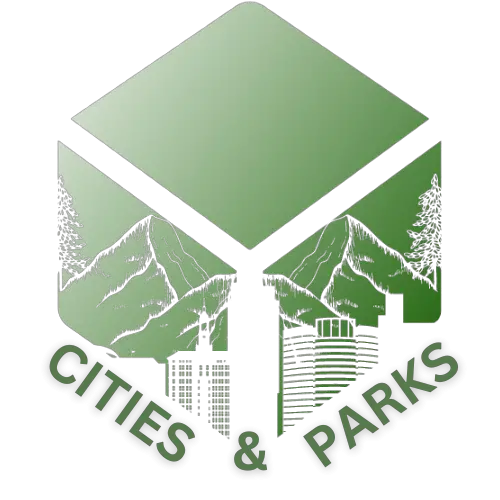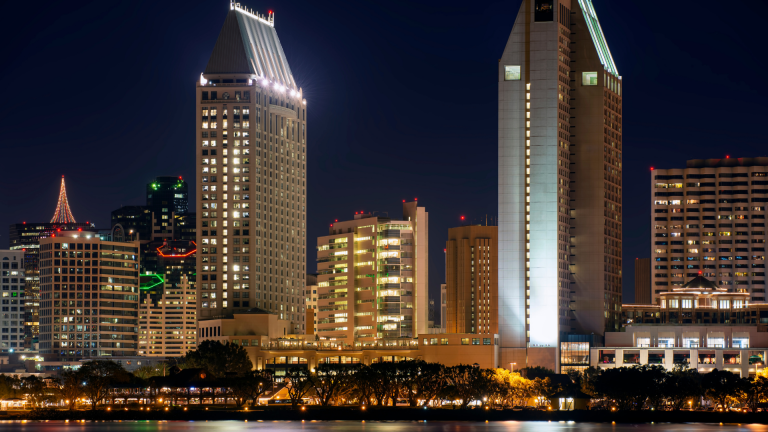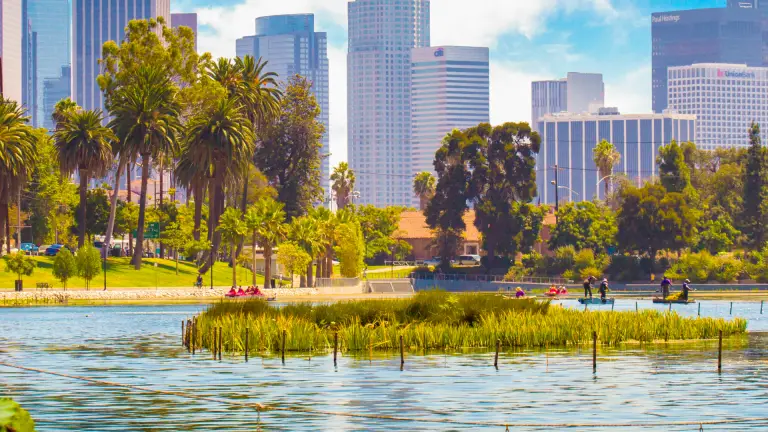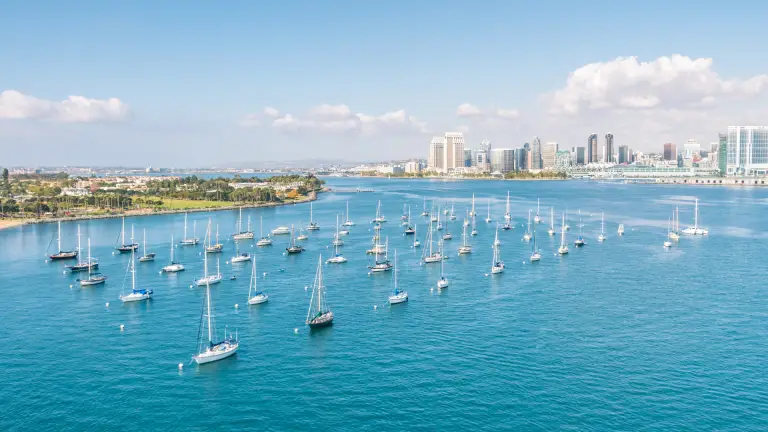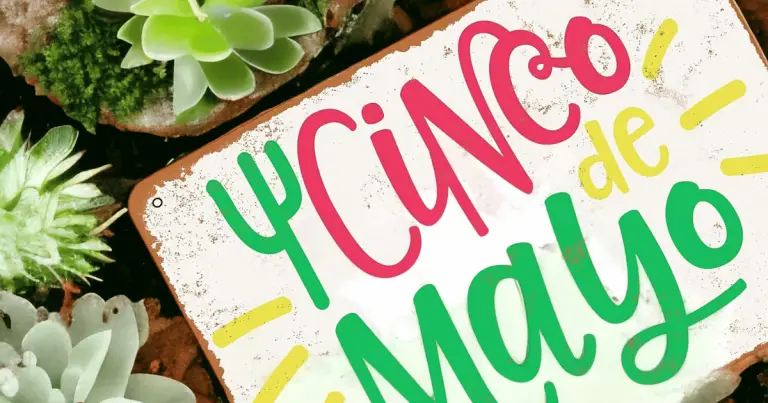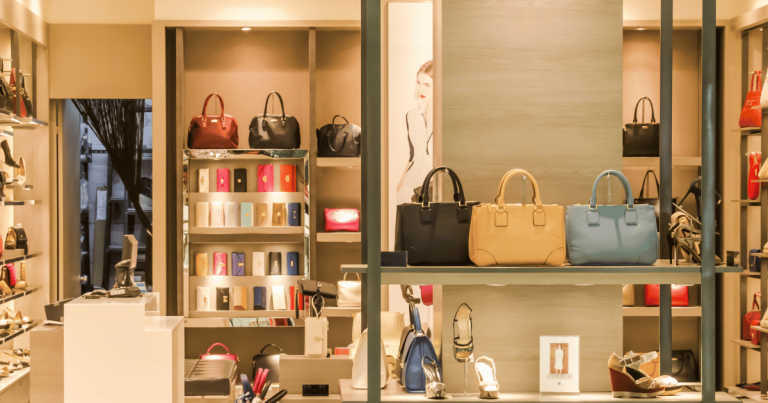A Journey into San Francisco’s Flag: Colors, History, and More
When exploring San Francisco, you will undoubtedly come across the city’s flag flying high and proud. It is not only a symbol of the city’s history and pride, but it represents its diverse communities.
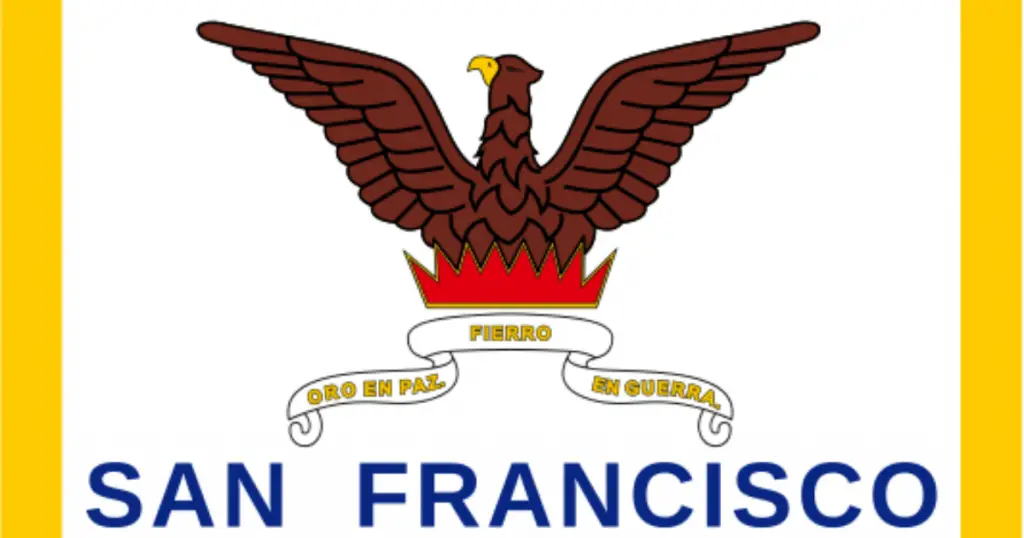
The colors and design of the flag might appear straightforward, but the story behind it is fascinating and complex. In this blog post, we will dive into the meaning of the San Francisco flag, its history, where to see it in the city, and more.
The history of the San Francisco Flag
Designed by a former Alaska steamship captain and art teacher, Gilbert R. Baker in 1978, the flag consists of six colors: red, orange, yellow, green, blue, and purple. Each hue represents a specific meaning. Red symbolizes life, orange stands for healing, yellow represents sunlight, green represents nature, blue represents harmony and the Pacific Ocean, and purple represents spirit. The rainbow colors and their symbolism are indicative of the city’s welcoming and diverse community, where acceptance and tolerance are encouraged.
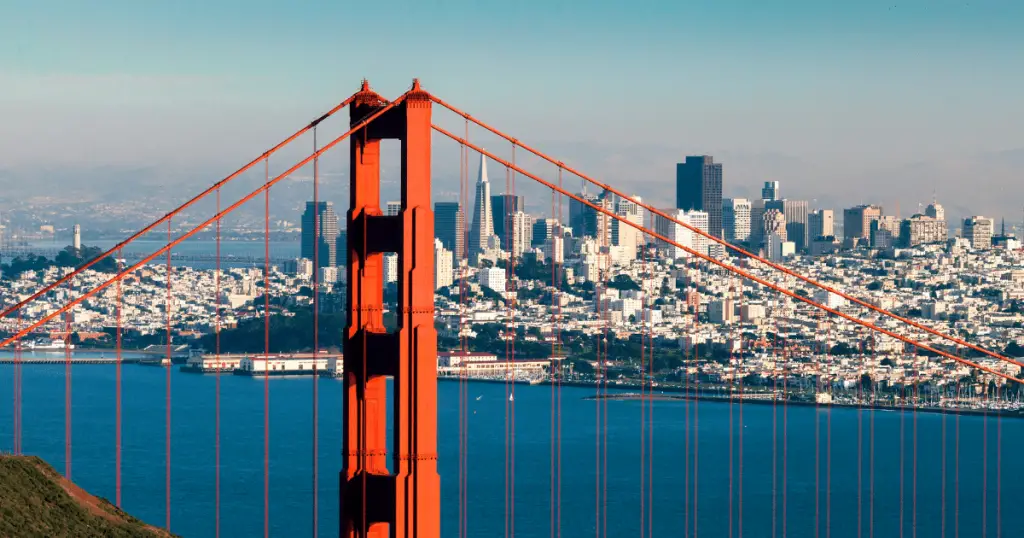
The history of the San Francisco flag dates back to Harvey Milk, the first openly gay individual to hold public office in California. To celebrate his achievements and the LGBTQ+ community, Milk asked Baker to create a flag for the gay pride parade in June 1978. The flag was later adopted by the city, with slight alterations, to commemorate its welcoming and inclusive community. Interestingly, each color represents a particular race, ethnicity, and sexual orientation. The flag was designed to be a symbol of changing and evolving times and a reminder that everyone has a place in San Francisco.
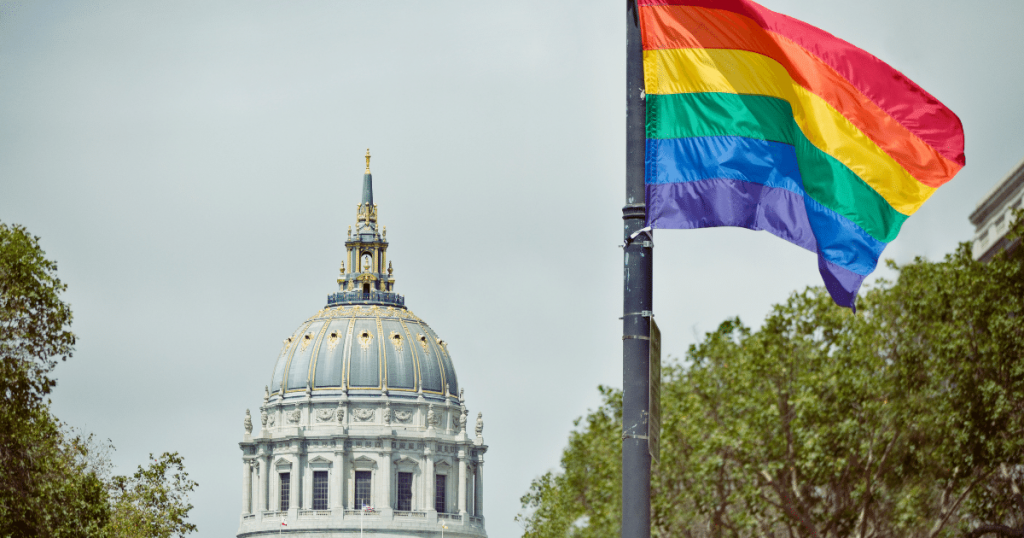
Where to see the San Francisco flag in the city?
The city’s flag is not only flown high in public places but is also worn by the locals with pride. You can spot the flag in various places, including bars, shops, and restaurants, around the Castro, Haight-Ashbury, and Mission districts. It is a symbol of San Francisco’s rich history, diverse culture, and its stance as a world-renowned center for arts, innovation, and social progress. One of the most famous places to see it is the massive rainbow flag that waves on the iconic Castro Theatre since 1979; it is a stalwart representation of the city’s pride and a iconic meeting spot for the community.
Meaning of the San Francisco city flag
Besides being a symbol of tolerance and diversity, the San Francisco flag is also a work of art. The design, with its vibrant and colorful stripes, stands out from other city flags around the world. The flag’s vivid hues reflect the city’s beautiful scenery and its residents’ positive and happy outlook on life. The flag’s unique design is admired worldwide; you can even see it in public places outside of San Francisco. It has become a well-known symbol of the United States and its open-minded, progressive, and inclusive culture.
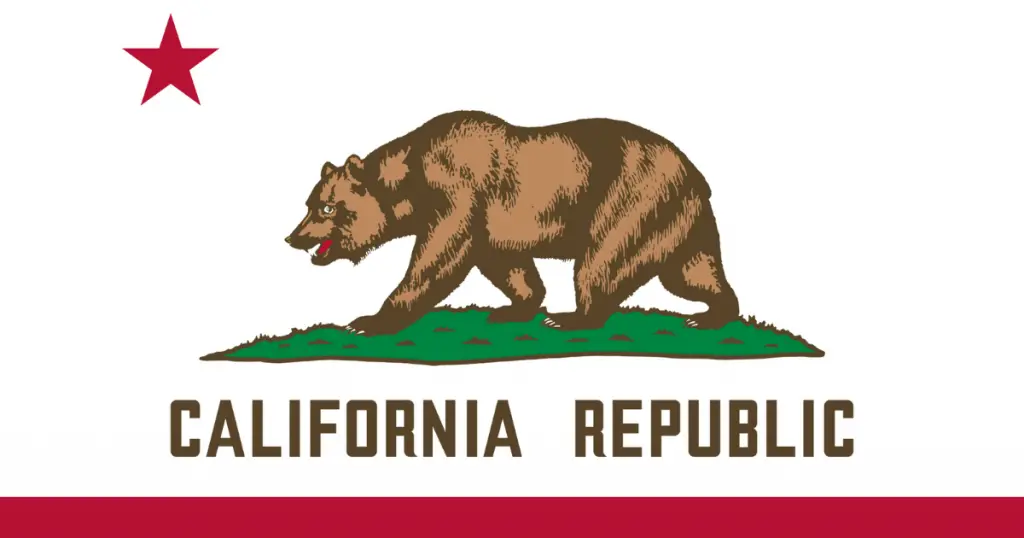
Conclusion: San Francisco City Flag
San Francisco’s flag is more than just a colorful and vibrant design; it represents the city’s inclusive and diverse community, its history, and its welcoming spirit. Its six colors, each with a specific meaning, remind visitors and locals alike of the city’s rich history and culture. You do not need to be a San Francisco resident to understand and appreciate the flag’s vibrant, positive message. It is a symbol of peace and acceptance for all, and we celebrate it with pride and honor. Whenever you see the San Francisco flag, remember that it stands for something exceptional: a city unified by diversity and a community built on acceptance.
